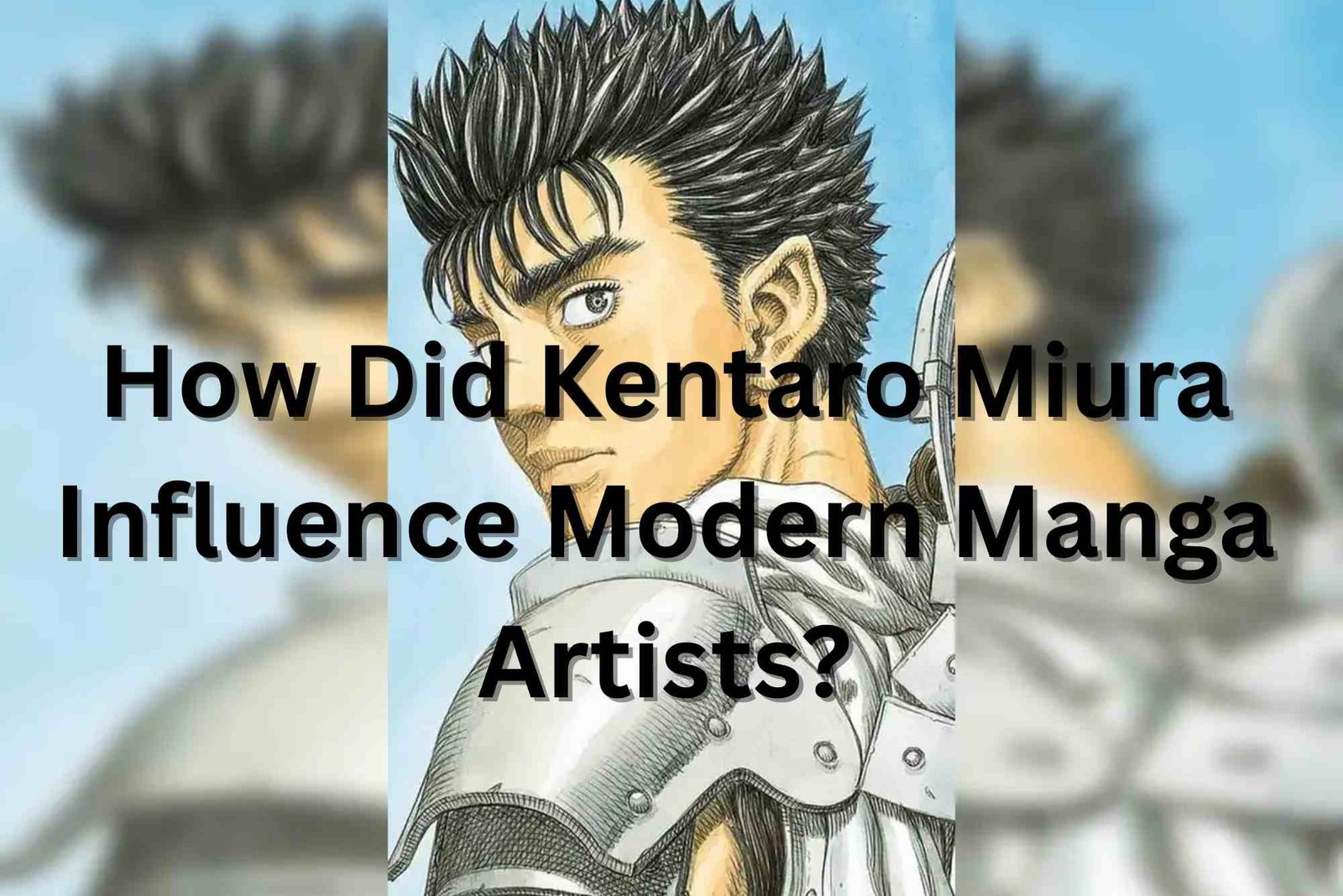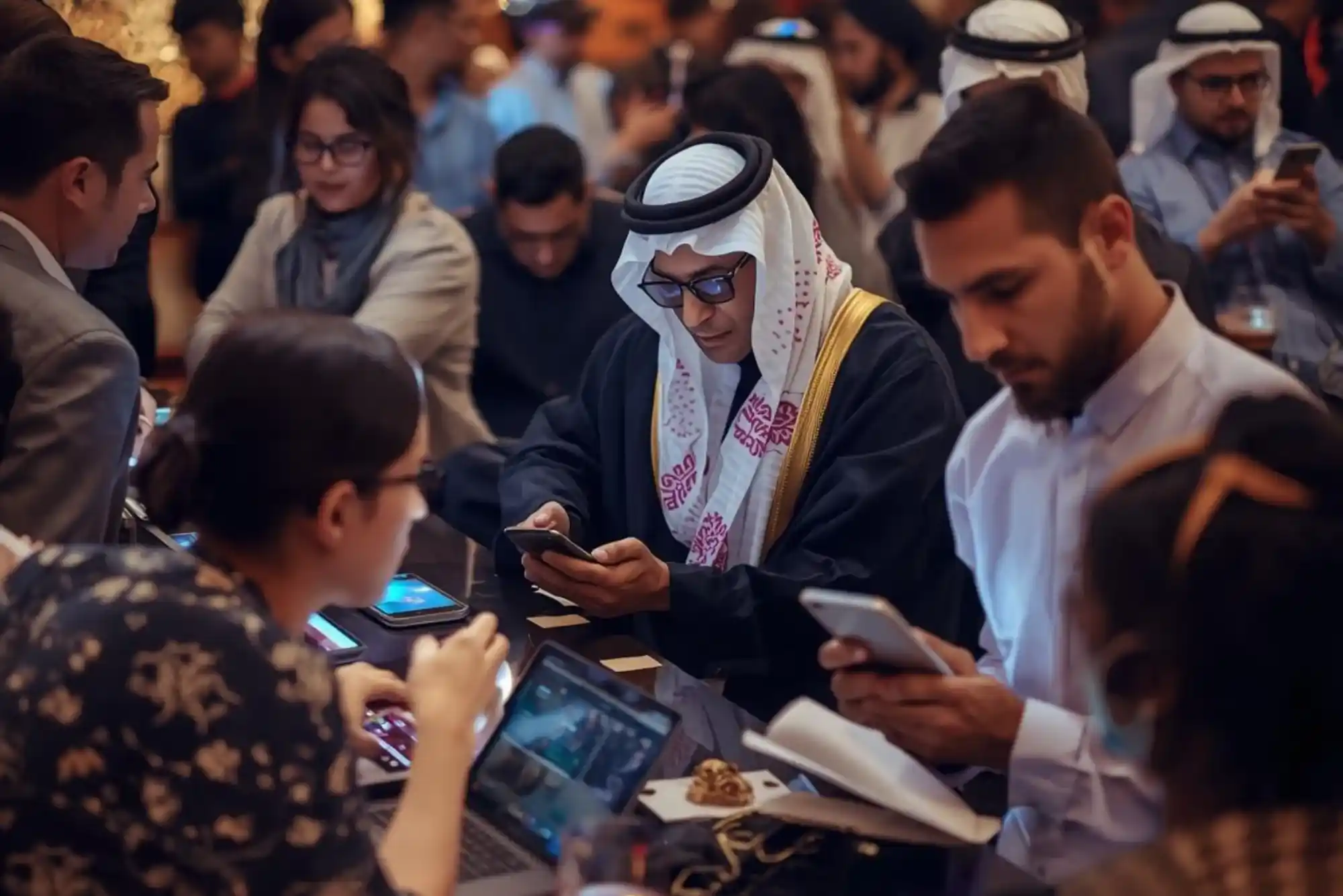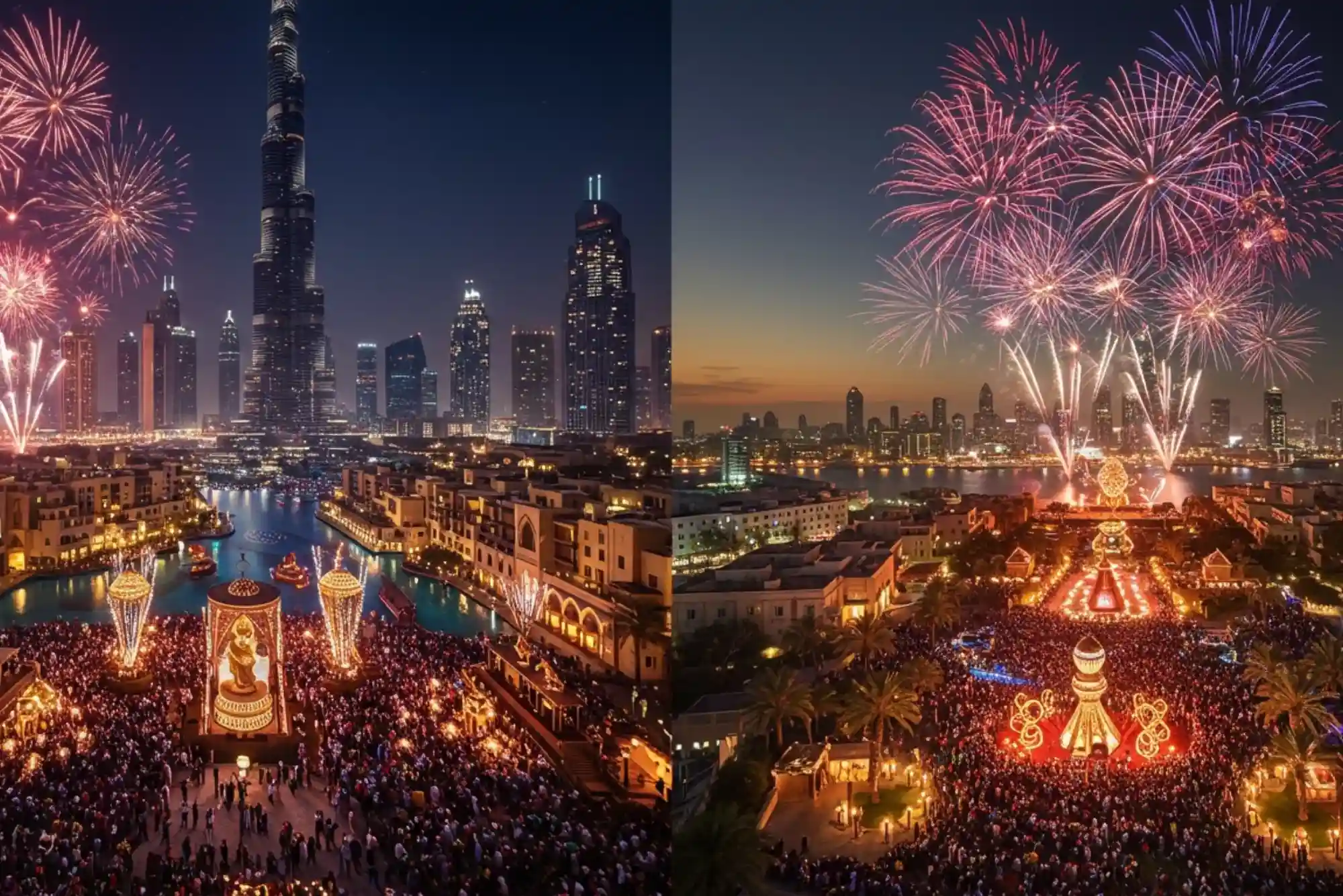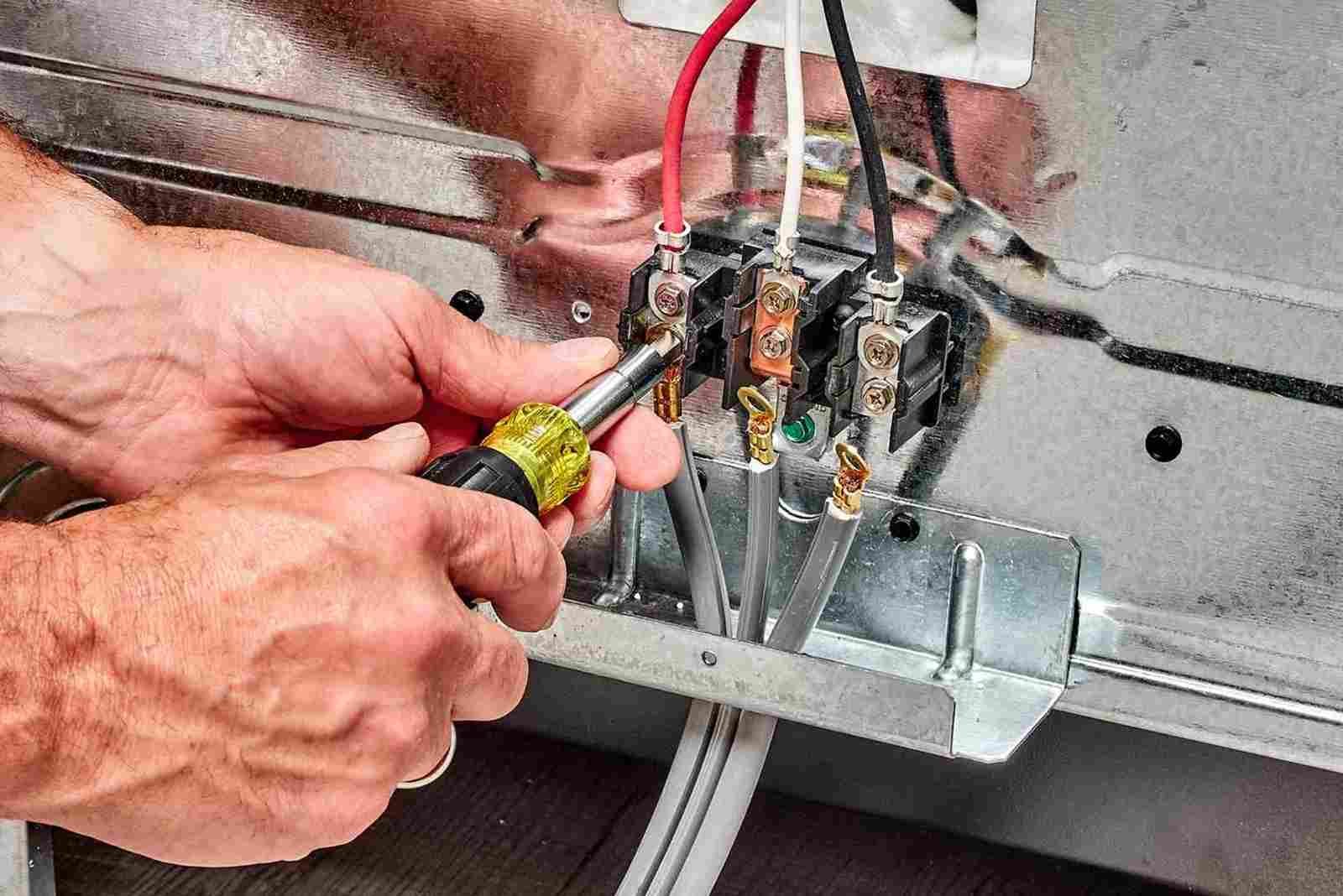Kentaro Miura, the legendary creator of Berserk, left an indelible mark on the manga industry. His work, characterized by intricate storytelling, complex characters, and unparalleled artistry, has inspired countless manga artists worldwide. Miura’s influence extends beyond his magnum opus, shaping the creative approaches, narrative techniques, and artistic standards of modern manga creators. This article explores how Kentaro Miura’s visionary work, particularly Berserk, redefined the manga landscape and continues to inspire artists today.
The Legacy of Berserk
Berserk, first serialized in 1989, is widely regarded as one of the most influential manga series of all time. Kentaro Miura’s dark fantasy epic follows Guts, a lone mercenary navigating a brutal world filled with demons, betrayal, and existential struggles. The series’ blend of visceral action, psychological depth, and philosophical themes set it apart from its contemporaries. Miura’s ability to weave a sprawling narrative with meticulous attention to detail made Berserk a benchmark for storytelling in manga.
Miura’s work didn’t just captivate readers; it became a touchstone for aspiring artists. His willingness to tackle mature themes—such as trauma, sacrifice, and the human condition—pushed the boundaries of what manga could achieve. This bold approach inspired modern manga artists to explore darker, more introspective narratives, moving away from the lighthearted tropes that dominated the industry in the 1980s.
A Masterclass in World-Building
One of Kentaro Miura’s greatest contributions to manga was his approach to world-building. The universe of Berserk is a richly detailed tapestry, blending medieval European aesthetics with supernatural horror. From the grotesque designs of the Apostles to the political machinations of Midland, Miura crafted a world that felt alive and immersive. This level of detail has influenced modern manga artists to prioritize cohesive, believable settings in their own works.
For example, Tetsuo Hara, co-creator of Fist of the North Star, has cited Miura’s ability to create atmospheric worlds as a source of inspiration. Similarly, newer artists like Tetsuya Saruwatari (Tough) have adopted Miura’s method of grounding fantastical elements in relatable human struggles, creating stories that resonate on a deeper level.
Character-Driven Storytelling
Miura’s characters, particularly Guts and Griffith, are among the most iconic in manga history. Their complex motivations, moral ambiguities, and emotional journeys have become a blueprint for character development in modern manga. Guts, with his relentless determination and inner turmoil, represents the archetype of the flawed hero—a trope that has influenced characters in series like Attack on Titan by Hajime Isayama and Vinland Saga by Makoto Yukimura.
Griffith, on the other hand, is a masterfully crafted antagonist whose charisma and tragic flaws make him both compelling and terrifying. Miura’s ability to humanize even the most villainous characters has inspired artists to create multidimensional figures who blur the lines between good and evil. This nuanced approach to character writing is evident in works like Tokyo Revengers by Ken Wakui, where characters grapple with moral dilemmas and personal growth.
Artistic Innovation and Visual Storytelling
Beyond storytelling, Kentaro Miura’s artistic prowess set a new standard for manga illustration. His detailed linework, dynamic compositions, and ability to convey emotion through visuals have left a lasting impact on the industry.
Unparalleled Artistry
Berserk is renowned for its breathtaking artwork. Miura’s meticulous attention to detail—whether in the intricate armor of a knight or the grotesque visage of a demon—elevated manga illustration to an art form. His use of cross-hatching and shading created a sense of depth and texture that few artists could replicate. This commitment to visual excellence inspired modern manga artists to push their own artistic boundaries.
Artists like Tetsuya Nomura (Final Fantasy series) and Shigenori Soejima (Persona series) have acknowledged Miura’s influence on their character designs and visual storytelling. The gritty realism of Berserk’s art style can also be seen in contemporary works like Dorohedoro by Q Hayashida, where chaotic, detailed visuals enhance the narrative’s intensity.
Pacing and Panel Composition
Miura’s mastery of pacing and panel composition revolutionized how manga artists approach visual storytelling. He used large, sprawling panels to depict epic battles and quiet, intimate moments with equal weight, creating a rhythm that kept readers engaged. His ability to balance action-packed sequences with introspective character moments has influenced artists like Eiichiro Oda (One Piece), who uses similar techniques to build emotional resonance in his sprawling adventure saga.
Moreover, Miura’s use of double-page spreads for dramatic effect—such as the iconic Eclipse scene in Berserk—has become a staple in modern manga. Artists like Koyoharu Gotouge (Demon Slayer) have adopted this technique to heighten the impact of key moments, creating unforgettable visuals that linger in readers’ minds.
Thematic Depth and Emotional Resonance
Kentaro Miura’s willingness to explore heavy themes set Berserk apart from its peers. His unflinching portrayal of trauma, loss, and the search for meaning resonated with readers and inspired manga artists to tackle similar topics.
Exploring the Human Condition
Berserk delves into existential questions about fate, free will, and the nature of evil. Miura’s ability to weave these themes into a fantasy narrative gave the series a philosophical depth rarely seen in manga at the time. This approach has influenced modern creators like Yūki Tabata (Black Clover), who incorporates themes of perseverance and redemption into his work, echoing Miura’s focus on the human spirit.
The emotional weight of Berserk also inspired artists to prioritize character-driven drama. For instance, Jujutsu Kaisen by Gege Akutami explores themes of sacrifice and morality, reflecting Miura’s influence in crafting stories that challenge readers to confront uncomfortable truths.
Breaking Genre Conventions
Miura’s refusal to adhere to genre conventions encouraged modern manga artists to take risks. Berserk blends elements of dark fantasy, horror, and psychological drama, creating a unique narrative that defies categorization. This genre-blending approach has inspired series like Made in Abyss by Akihito Tsukushi, which combines whimsical art with disturbing themes, much like Miura’s work.
By pushing the boundaries of what manga could be, Miura empowered artists to experiment with unconventional storytelling. This legacy is evident in the diverse range of genres and styles in modern manga, from the psychological horror of Uzumaki by Junji Ito to the surreal fantasy of Blame! by Tsutomu Nihei.
Mentorship and Industry Impact
While Kentaro Miura was a private individual, his influence extended beyond his published work. Through interviews, workshops, and collaborations, he shared his creative process with aspiring artists, leaving a lasting impact on the manga industry.
Inspiring a New Generation
Miura’s dedication to his craft inspired countless young artists to pursue manga as a career. His interviews, where he discussed his meticulous approach to storytelling and illustration, became a source of guidance for creators. For example, Naoki Urasawa (Monster, 20th Century Boys) has praised Miura’s work ethic and commitment to quality, citing it as a model for his own career.
Miura’s influence is also evident in the rise of independent manga creators who draw inspiration from Berserk’s uncompromising vision. Platforms like Webtoon and independent publishers have seen an influx of dark fantasy series that echo Miura’s style, showcasing his impact on the next generation of artists.
Collaborations and Studio Gaga
Miura’s studio, Studio Gaga, played a crucial role in shaping his legacy. After his passing in 2021, his assistants and collaborators continued Berserk under the supervision of Kouji Mori, Miura’s close friend and fellow manga artist. This collaborative spirit reflects Miura’s influence as a mentor, as he fostered a creative environment that empowered his team to carry forward his vision.
Studio Gaga’s work has inspired modern manga artists to value collaboration and mentorship. Artists like Tatsuki Fujimoto (Chainsaw Man) have cited the importance of working with skilled teams, a practice Miura championed throughout his career.
Challenges and Critiques
While Miura’s influence is undeniable, his work also sparked debates within the manga community. Berserk’s graphic violence and mature themes were polarizing, with some critics arguing that they alienated younger readers. However, Miura’s willingness to embrace controversy inspired artists to tackle challenging subject matter, even at the risk of criticism.
Additionally, Miura’s irregular release schedule—due to his meticulous attention to detail—frustrated some fans. Yet, this dedication to quality over quantity has encouraged modern artists to prioritize artistic integrity over commercial pressures. Creators like Takehiko Inoue (Vagabond) have adopted a similar approach, focusing on craftsmanship rather than rushed production.
The Enduring Legacy of Kentaro Miura
Kentaro Miura’s influence on modern manga artists is profound and multifaceted. Through Berserk, he redefined storytelling, artistry, and thematic depth in manga, inspiring creators to push the boundaries of the medium. His meticulous world-building, complex characters, and breathtaking visuals have left a lasting imprint on the industry, influencing both mainstream and independent artists.
Miura’s legacy lives on not only in Berserk but also in the countless manga series that draw inspiration from his work. From the gritty realism of Vinland Saga to the emotional depth of Jujutsu Kaisen, Miura’s impact is evident in the stories and art that continue to captivate readers worldwide. As manga evolves, Kentaro Miura’s contributions will remain a guiding light for artists seeking to create meaningful, boundary-pushing work.
















